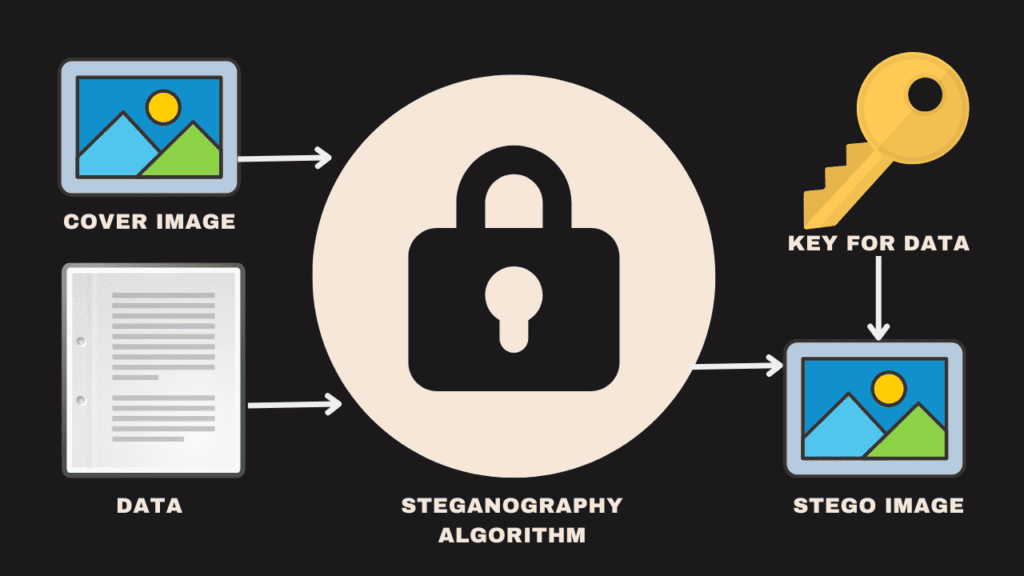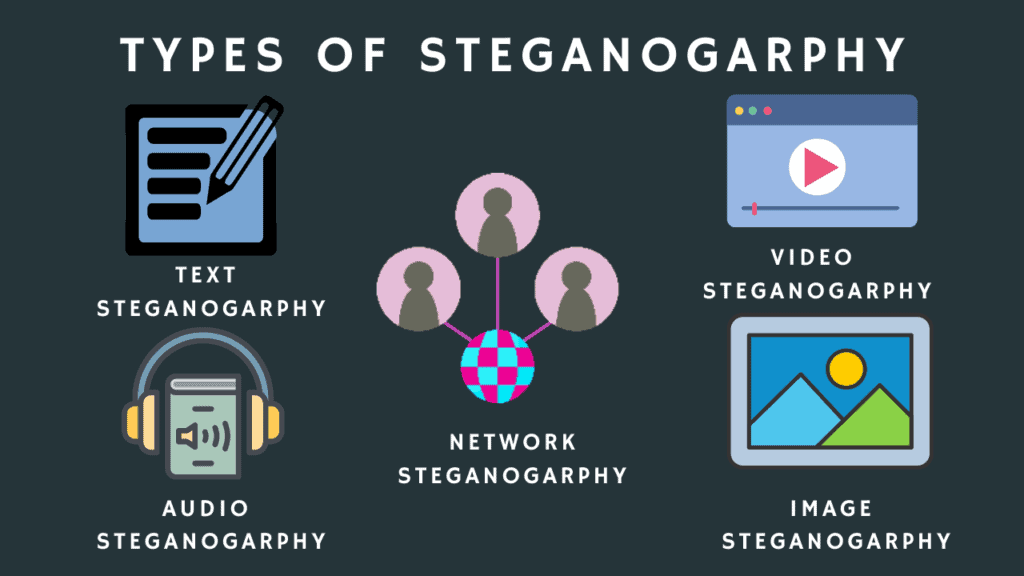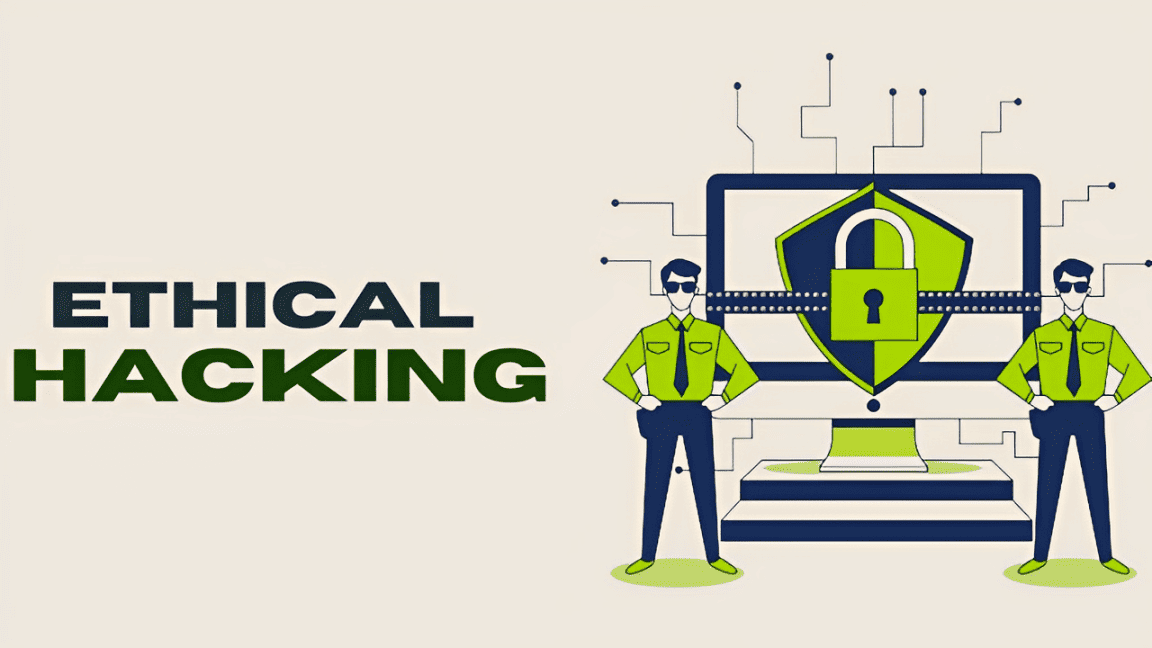Summary of the Blog
- What is Steganography?
- How Steganography Works:
- Types of Steganography:
- Why Steganography is Important:
What is Steganography?
Steganography hides information within data without raising suspicion, unlike cryptography which makes messages incomprehensible to unauthorized users.
How Steganography Works:
Steganography subtly alters elements of a carrier file to embed hidden information, making these changes imperceptible to humans. Techniques include modifying the least significant bits, hiding data in unused space, or using spread spectrum techniques.
- Payloads.“What would you like to embed or hide?”
- Carriers. Could you please clarify which file or asset will conceal your payload?
- Channels. Can you please specify what type of carrier you intend to use?
- Package. “How will the carrier appear or behave once it is buried with the payload?”
- Key. “How will the recipient decipher your message and locate the payload?”

Types of Steganography:
Steganography is a technique used to hide information within other non-secret, ordinary files or messages to avoid detection. The hidden information is usually undetectable by the human senses. Different types of steganography include:
Image Steganography: Concealing data within an image. This is one of the most common methods, where bits of data are hidden within the pixels of an image.
Audio Steganography: Similar to image steganography, but here the data is hidden within an audio file. The secret information could be embedded in the form of imperceptible noise or subtly altered tones.
Video Steganography: This involves embedding data within video files. Given the complexity and size of video files, they can potentially hide a large amount of data.
Text Steganography: This involves hiding information within text. Techniques can include changing the format of the text (like white spaces, font size, or other formatting details) or using certain characters or words as a code.
Network Steganography: This involves hiding data in network control protocols or other aspects of network traffic. It can be quite sophisticated, utilizing timing methods or packet size variations to conceal information.

Why Steganography is Important:
Covert Communication:
– Steganography is a secure method of transmitting sensitive information without raising suspicion, which enhances privacy in communication.
2. Digital Watermarking:
– In the world of media, steganography is used for digital watermarking. This allows content creators to embed invisible marks that can authenticate ownership.
3. Counteracting Data Interception:
– Steganography is an effective countermeasure against data interception, as it can conceal messages within various types of files and network protocols.
4. Enhanced Security:
– When steganography is combined with cryptography, it creates a two-layered security approach that makes it more difficult for unauthorized individuals to access and decipher hidden information.
Conclusion
Steganography is a powerful tool for securing data and enabling secure communication. It plays a critical role in digital security and privacy and is likely to become even more important as technology evolves.





